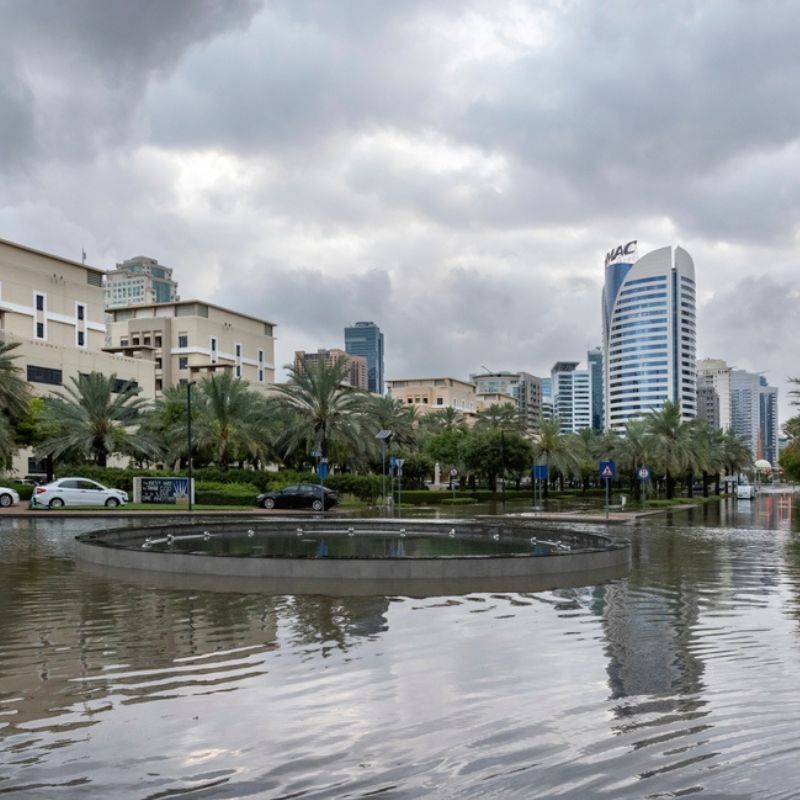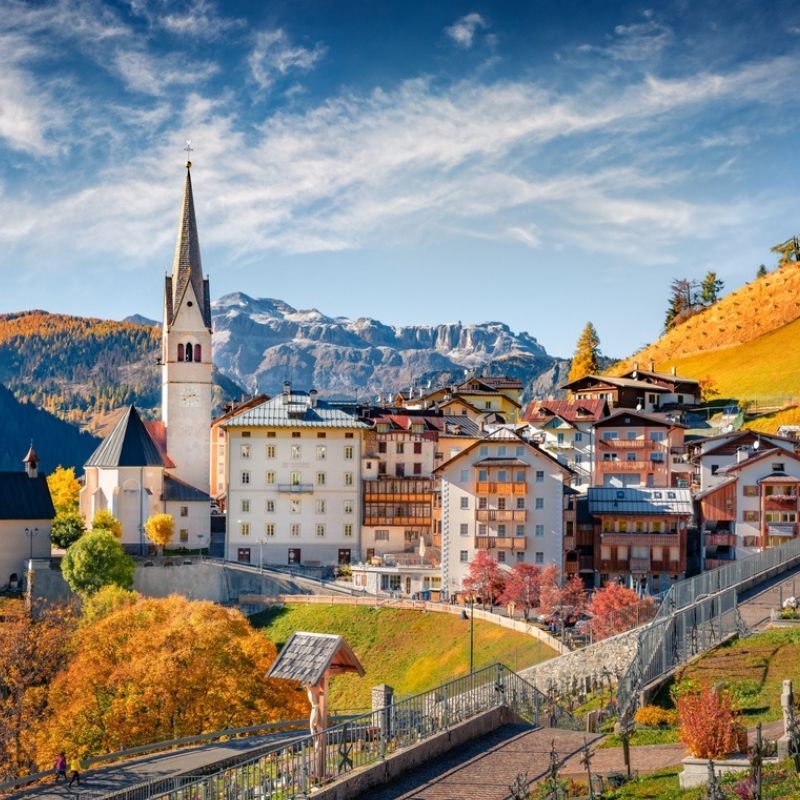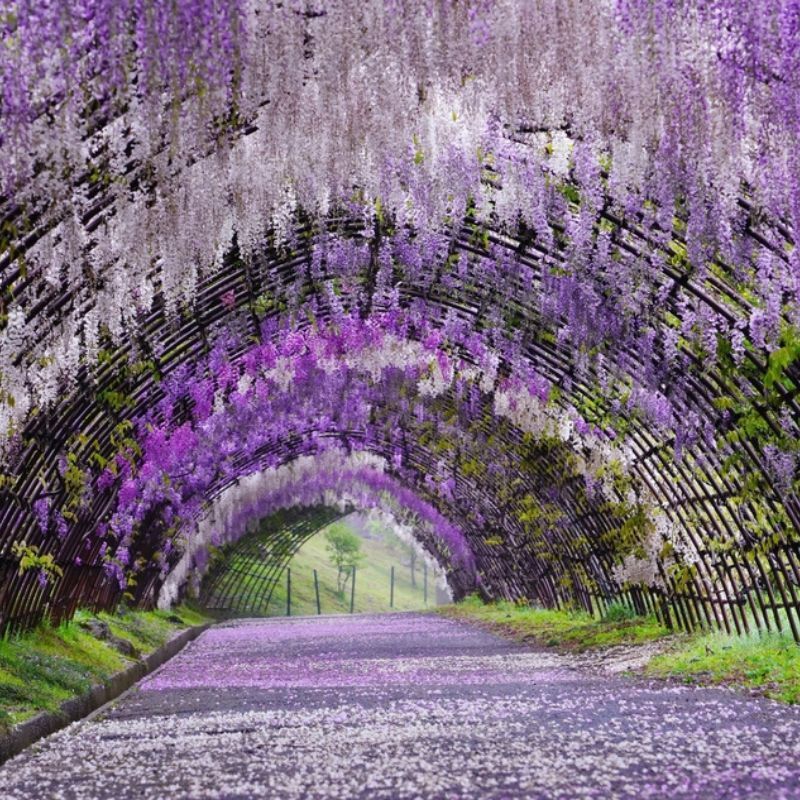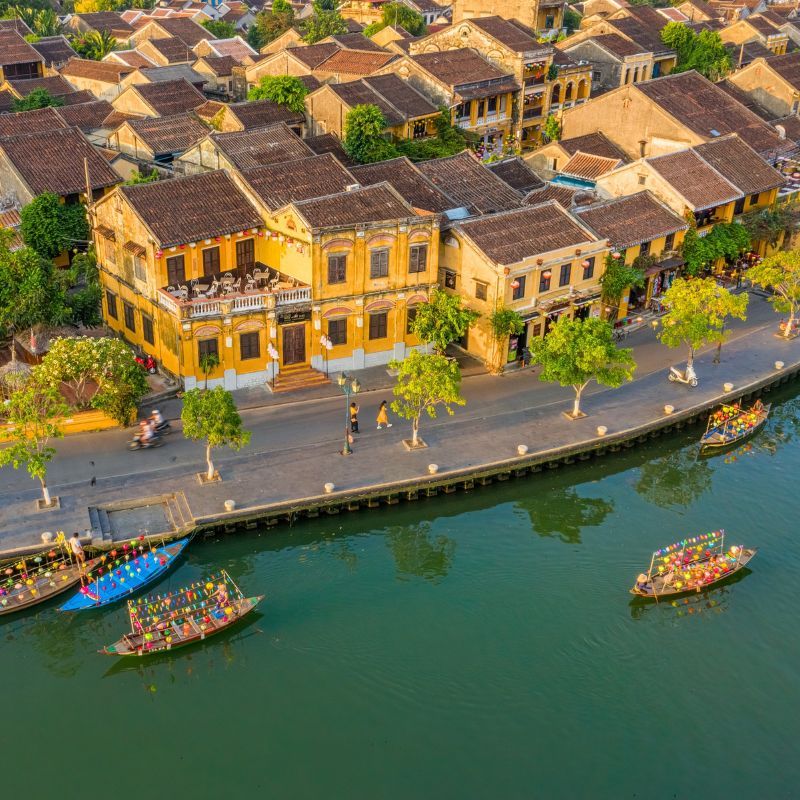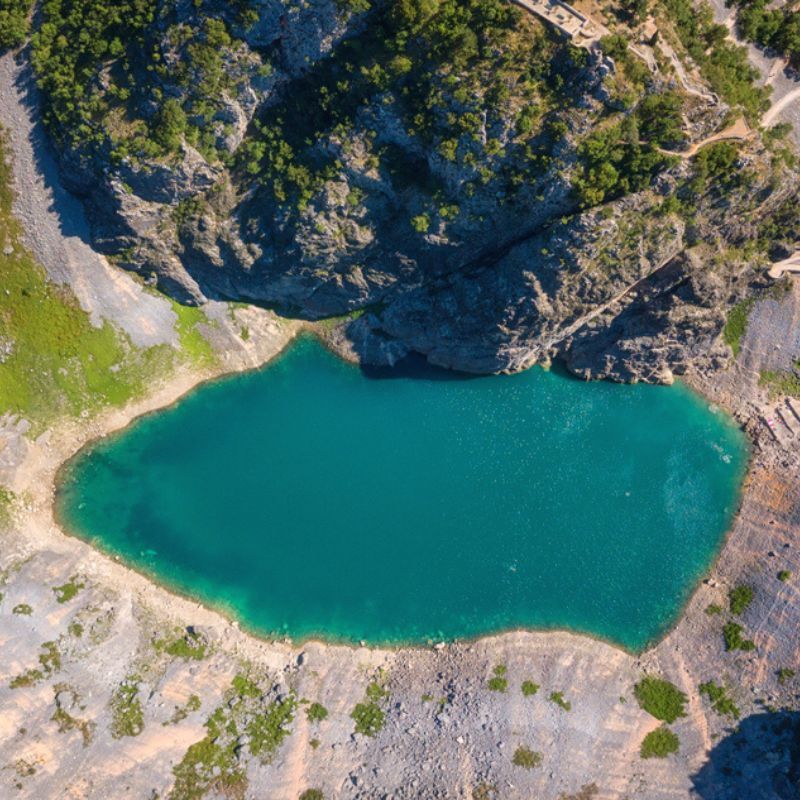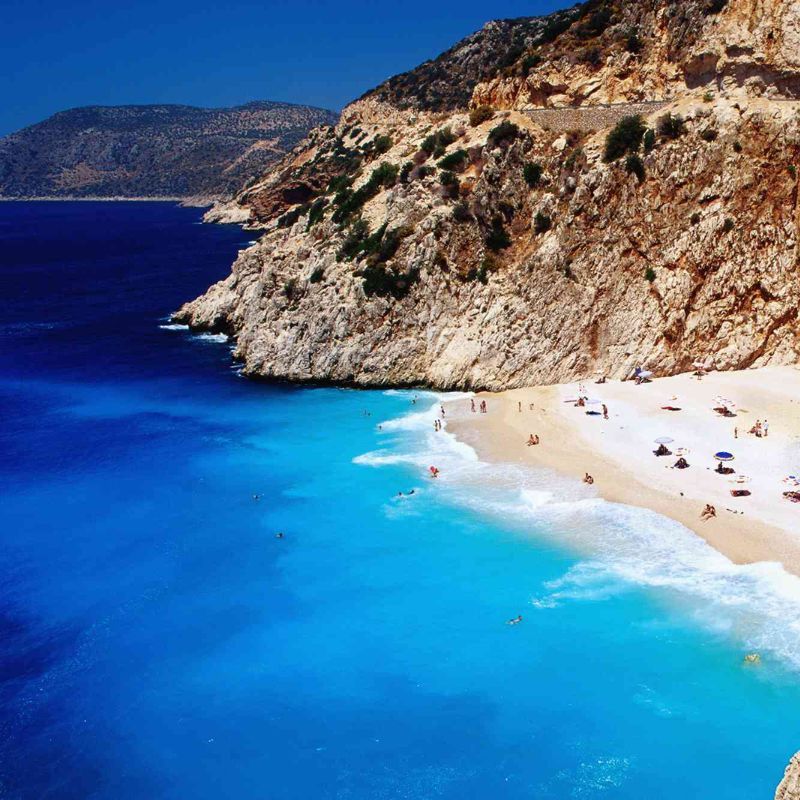
Seville, the capital of Spain’s Andalusia region, has just the perfect atmosphere for every kind of traveller. The city stuns and dazzles you with its aesthetic mix of Gothic, Mudéjar, Renaissance and Modern architecture. Additionally, it is the collective zest for life in this city, that makes it a must-visit destination. If you are one of the lucky residents, take note on how to explore Seville like a tourist. By Kumar Shree
1. Seville Cathedral
This medieval cathedral stands as a true testimonial to the power and wealth that Seville amassed after the Reconquista. At the time of its completion in the 16th century, the cathedral replaced the Hagia Sophia cathedral as the new largest. It is still the 3rd largest in Europe and the biggest by volume. The tomb of Christopher Columbus also lies within the church’s transept. A humongous display of Gothic architecture, this cathedral also houses the artistic treasures like La Inmaculada and Pedro de Campana’s Descent from the Cross.
2. Torre del Oro
The Guadalquivir River in Seville played a role of great key importance during Spain’s colonial period. What facilitated this success was the unique structure of this port, that set it apart from other traditional European port. The Torre del Oro AKA the Golden Tower stood as the watchtower for this port. Its other name, ‘the Golden Tower’ comes from the golden glow that it reflects in the river. You can enjoy the view of the waterways and in facts of the city from the tower top sitting spot. It also houses a maritime museum, which focuses on the importance of the Guadalquivir river in Seville’s history.
3. Real Alcazar
This palace in UNESCO’s world heritage list is a magnificent spectacle of the union between the Mudejar and Christian architecture. The location also featured as a shooting ground for the Game of Thrones TV series. The palace is considered to be one of the outstanding testimonials to the civilisation of Almohads. The site, which originally came across as a fort in 913 has undergone multiple revamps in the 11th century. However, the most spectacular revamp came in the 14th century, when King Pedro added the Palacio de Don Pedro, still known as the Alcázar’s crown jewel.
4. Plaza De Espana
A rare example of the Regionalist Revival style of architecture, Plaza De Espana serves as the present day government offices. The buildings were designed by the Sevillian architect Anibal Gonzalez in 1914 and were designed as part of the preparations for Ibero-American Exhibition in 2019. The buildings represent Spain’s role in the industry, history and technology. The exhibits in the main edifice also showcased the manuscripts written by Spanish explorers Columbus and Cortes.
5. Plaza de Toros de la Maestranza
If you’re in Spain, you have to witness the age-old tradition of bullfighting. The place you need to head over is the Plaza de Toros de la Maestranza. Built in 1758, this is the oldest bullrings in Spain and can house a total of 14000 spectators at once. The bullfights are held on Sundays from Spring to Fall. However, if you don’t want to witness an actual bullfight, you can still learn everything about the tradition by taking a guided tour of the adjacent museum. You will learn everything about the tradition, the famous bulls, and their matadors. Your ticket will include the admission to the museum as well as the guided tour of the ring.
Related: 5 Destinations You Should Visit Based On Your Favourite Cocktail


